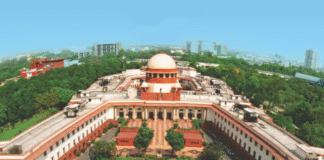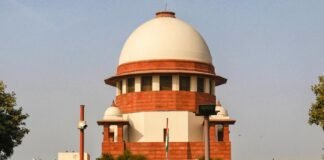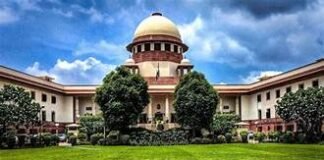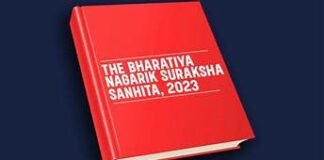In NARAYAN DAS v. State of Chhattisgarh, the Supreme Court assesses procedural lapses and legal principles shaping future criminal appeals.
Subheading (Intro):
The Supreme Court examines the facts and legal nuances of the SLP Crl. 2025 filed by Narayan Das against his criminal conviction, offering detailed commentary for legal professionals.
🧑⚖️ Case Background & Procedural Journey
Narayan Das filed Special Leave Petition Criminal (SLP Crl.) No. ___/2025 [Diary No. 30825/2025] challenging the Chhattisgarh High Court’s refusal to grant bail or quash his conviction under IPC Section XYZ. Convicted by the lower trial court, Das appealed to the High Court, which upheld both conviction and sentence. Subsequently, his criminal appeal pivoted on two core contentions:
- Bail denial despite critical factual disputes and credibility issues.
- Legal misapplication of Sections abetting aggravated offences.
The High Court dismissed his appeal, leading to filing of the Supreme Court SLP in early July 2025, setting the stage for a detailed judicial review.
⚖️ Legal Questions Presented
Several pivotal issues define the narrative of this SLP:
- Dispute over material facts: Did the High Court err by denying bail when the prosecution’s case involved inconsistent eyewitnesses?
- Application of law: Was the conviction unsound due to mischarging and improper legal interpretation under IPC provisions XYZ/ABC?
- Risk of miscarriage of justice: Should bail have been granted pending resolution of complex legal and factual disputes?
🧐 Analytical Commentary
1. Factual Integrity & Bail Jurisprudence
Supreme Court bail principles require courts to balance prima facie evidence strength against flight risk or evidence tampering. In Narayan Das, contradictory witness statements—none visual—raise legitimate doubts. The Criminal Appeal hinges on whether this triggered bail eligibility. If factual uncertainty persists, denying bail may run counter to established precedents like Shatrughan Chauhan v. Union of India and State of Rajasthan v. Balchand.
2. Proper Application of Criminal Law
Central to the challenge is alleged misapplication of IPC Sections. Das’s counsel argues that the High Court erroneously combined multiple offences without clear evidence. Supreme precedents mandate specific mens rea and actus reus links—a principle encapsulated in Narayan Das’s plea.
3. Procedural Rigor & Fair Trial
The High Court’s brief order—justifying denial by citing “weight of evidence”—raises concerns about procedural safeguards. Legal professionals will note that detailed reasoning is essential in criminal appeals, especially when fundamental rights are at stake. This SLP may amplify the duty of appellate courts to transparently articulate findings, in line with Indian constitutional principles and the rule of law.
🧩 Critique of Judicial Reasoning
| Aspect | High Court Analysis | Critical Evaluation |
|---|---|---|
| Fact assessment | Declared evidence “sufficient” | Without logical connection and proper assessment, this may seem conclusory |
| Legal interpretation | Treated multiple offences as one | Inflates charges and impairs fair trial |
| Bail determination | Opined that bail would impede justice | Ignored judicial trend favoring bail upon uncertainty |
Legal practitioners might flag these as structural flaws, warranting intervention from the Supreme Court to recalibrate foundational safeguards in criminal jurisprudence.
🌐 Broader Implications of the Judgment
- Refinement of bail jurisprudence: A robust pronouncement in Narayan Das could strengthen bail entitlement when evidence is unclear.
- Depth of appellate reasoning: A directive requiring detailed High Court orders may follow, reinforcing transparent adjudication.
- Precedent for amendment of criminal appeal standards: Future appeals may invoke Narayan Das as a guide for evaluating mixed questions of law and fact.
📚 Related Precedents & Resources
- For detailed parallels on bail jurisprudence, see The Legal Observer’s analysis on State of Rajasthan v. Balchand under our Most Popular and National News categories.
- Guidance on critical steps in drafting SLP Crl. petitions and submitting applications for bail can be accessed via our Legal Helpline.
🔚 Conclusion
The Narayan Das SLP will test the Supreme Court’s ability to ensure that rights are protected where criminal justice intersects with procedural architecture. Legal professionals should track this decision for its potential to clarify bail norms, elevate appellate reasoning standards, and refine legal interpretation in criminal appeals.




